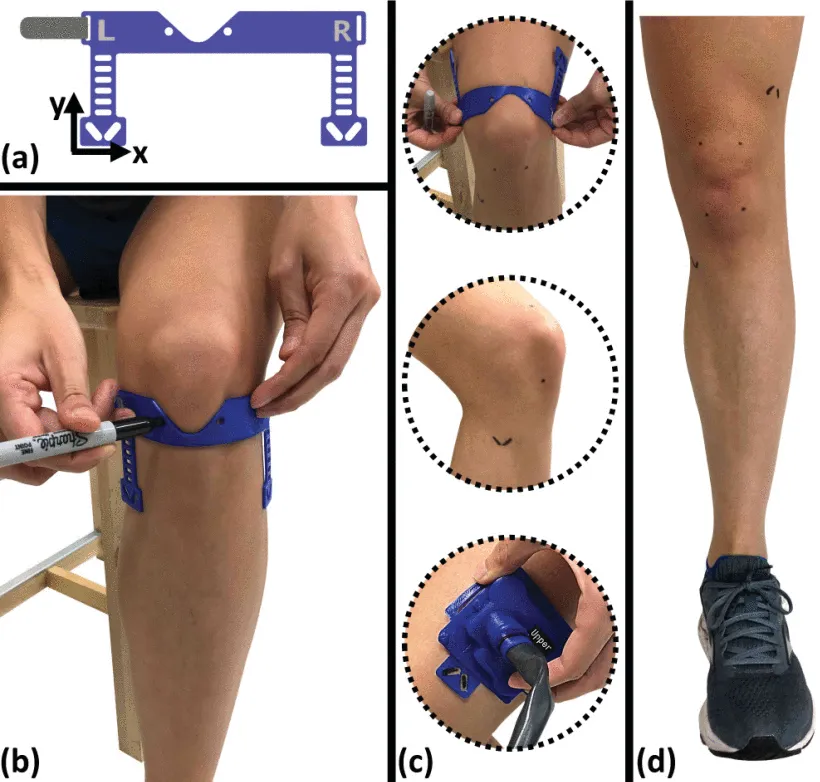A Wearable, Multimodal Sensing System to Monitor Knee Joint Health
Wearable technologies for healthcare can meet the current medical gold-standard care methods. It has made remote tracking of a patient’s wellbeing and enabled frequent long-term monitoring possible. Moreover, it provides a system for at-home monitoring and quantitative data collection. Wearable technology has proved helpful in orthopaedics care with prevalent injuries and chronic conditions, expensive quantitative evaluations like medical imaging, physical examinations, blood work, etc., and long-term monitoring and care requirements.
With the shrinking size of sensors, researchers have explored possible solutions for acquiring biosignals and biomarkers in wearable form-factors and using such biomarkers to provide actionable health data. For knee joint health, the focus is on three main areas: joint acoustics/sounds, swelling, and kinematic measures.
Every time the knee bends, it produces sounds. Sometimes, the human ear can hear the sound, but they generally manifest in micro-vibrations on the skin surface. The sounds produced can be picked and measured using a contact microphone and infer joint health. For example, in the past, they have been used to classify the severity of arthritis, determine the efficacy of medication, and track rehabilitation progress after acute knee injuries.
Similarly, the swelling in the knee marks a knee injury and recovery. It may roughly be evaluated using a tape measure in a physical therapist's office. However, a method of active sensing, called electrical bioimpedance (EBI), can quantitatively measure the swelling. It can even detect gross and more "microscopic" swelling.
Sensing joint kinematics via inertial measurement units (IMUs) can provide vital information on joint stability and range of motion. It can also provide contextual information for the acoustic and EBI measures, such as noting when sounds occur during an activity or the validity of an EBI recording.
The wearable sensors embedded in a "smart" knee brace could measure joint sounds, swelling, and inertial data via contact microphones, EBI, and IMUs, respectively. The wearable system leverages a two microcontroller design, one focusing on measuring four microphones-worth of joint sound data (46.875 kHz) and the other collecting EBI (1/46.17 s), IMU (100 – 250 Hz), and skin temperature (1 Hz) to provide contextual information for the other sensors data. The system's 500 mAh batteries achieve 9 hours of joint sound recordings and 35 hours of the EBI, inertial and temperature sensors measurement. The knee brace design packages the circuit boards and sensors in custom 3D-printed cases, utilizing rigid and flexible materials.
The wearable knee brace represents the first fully untethered multimodal wearable joint health system. By combining these different sensor data distilled by feature extraction and machine learning algorithms into a single number, the work may help realize the calculation of a "joint health score". The doctor and patients may coordinate to adjust the rehabilitation program or medication even remotely. The 'smart' brace may assist early research studies in fine-tuning the joint score calculation.
Finally, though the wearability of this design needs to be improved, it provides a basis and proof of concept for future designs.




